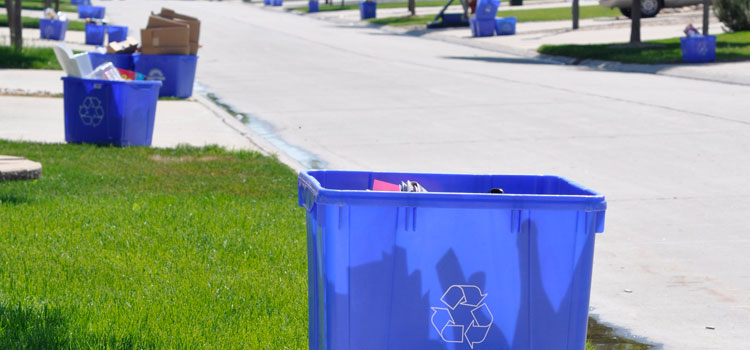The Foodservice Packaging Institute (FPI) recently released the results of a survey conducted to better understand how language, images and instructions affect communication about recycling. Chief among the results are broad findings about where residents look for recycling information, as well as some specific communication do’s and don’ts. For example:
- Residents rely on city websites for local recycling information, so websites should be easy to navigate and kept up-to-date. (This corroborates recent research by the Carton Council.)
- On brochures and flyers, recycling information should be grouped by material categories, e.g., glass, plastic, paper.
- Residents are more likely to understand the terms “plastic container,” “foam container,” and “take-out container” than the term “clamshell.”
- When describing what kinds of paper goods can be recycled, the phrase “empty and clean” is more useful than “no food-soiled.”
- To communicate that items such as paper bags must be empty to recycle, images should clearly show that the bags are empty.
While these findings may seem too narrow to be useful, they support several overarching concepts that are central to successful public communication, especially in an industry as complex as waste management. After studying the research results, we’ve identified three strategies that you can draw on to improve your outreach and education efforts. These practices guide our own public messaging and top our list of recommendations to those seeking to step up their outreach. Most importantly, these communication strategies are proven to work.
Avoid Jargon
Municipal solid waste. Organics. Contamination. HHW. Residential Curbside Pickup. The waste industry is steeped in jargon, and it can be difficult to remember that many of these terms are unfamiliar to the average recycler. We recommend this jargon litmus test: If you think a word or phrase may be jargon, step back to ask yourself, Would someone who has never recycled before know this term? If the answer is no, try looking for an alternative. For example, “municipal solid waste” can be described to residents as plain old “household garbage.” Or make use of synonyms: in our Recycling Guide, searching for “clamshell,” “plastic container” and “take-out container” will all lead you to the same place. For a term that has no easy synonym, offer a straightforward explanation of its meaning the first time you use it.
Use Images
Sometimes writing seems to hinder more than it helps. Word choice, grammar, syntax, reading level — these are just a few of the obstacles on a writer’s way to clarity. So when your goal is to communicate information to a broad swath of the public in the most effective way possible, a picture really is worth a thousand words. An empty and clean pizza box looks the same in both English and Spanish, and a picture of a clamshell (or plastic container) makes the term you use to describe the item much less important. That’s why we place prominent photos on every page of our Recycling Guide and feature them in the search tool.
Use Actionable Language
The survey results show that the phrase “Recycle clean pizza boxes” is a more useful instruction than the phrase “No food-soiled pizza boxes.” This is a prime example of the power of actionable language — that is, words and phrases that directly convey an action or a behavior. Instructions to recycle clean pizza boxes tell people what they can do — recycle — and when they can do it — if the pizza box is clean. On the flip side, the instruction “no food-soiled pizza boxes” opens a Pandora’s box of interpretation issues: What does food-soiled mean? How much food makes an object soiled? What about grease? To be as clear and motivating as possible, rely on verb-based phrases describing the actions people can take and terminology that doesn’t require much interpretation.
About the Survey
This research was conducted via a five-minute online survey that reached 1,000 homeowners across the United States. Equal number of respondents were men and women. Learn more.
